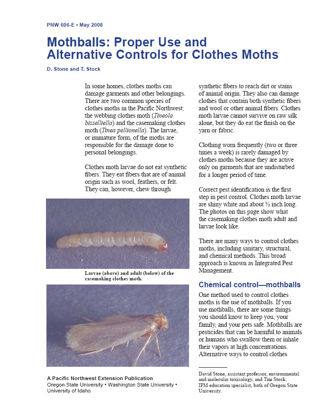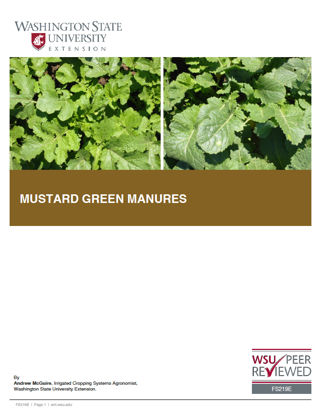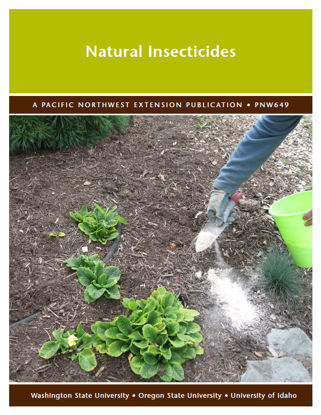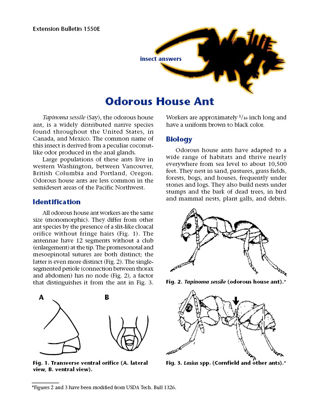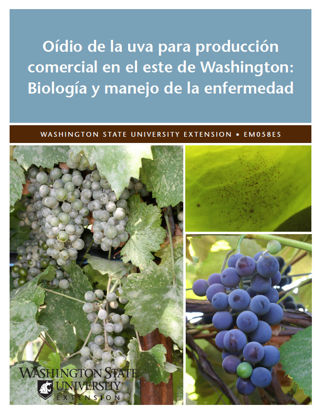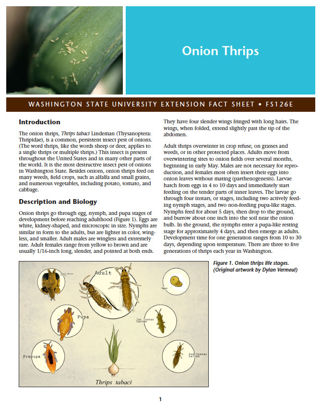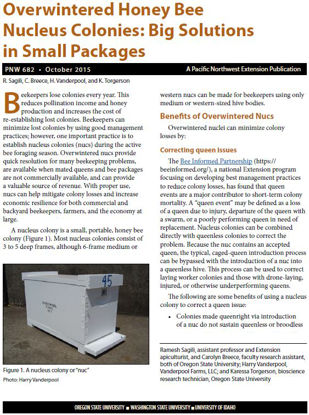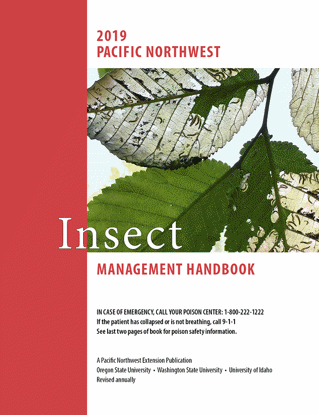You have no items in your shopping cart.
Pests, Plant Diseases, and Weeds
Pests and Plant Diseases
Meadow Voles and Pocket Gophers
Starting with background on the biology and behaviors of gophers and voles, this publication dwells primarily on the gamut of ways to manage these widespread pests. Color photos. ...
$4.50
Mothballs: Proper Use and Alternative Controls for Clothes Moths
Clothes moth behavior is described to help identify potential problems and solutions related to this pest. The chemical makeup of mothballs and similar products to control clothes moths requires st ...
$0.00
Mustard Green Manures (Replaces EB1952E)
Mustard green manures are being used by farmers to build soil quality and suppress soilborne diseases, nematodes, and weeds. In the irrigated Columbia Basin, there are two types being used: white must ...
$0.00
Natural Insecticides
This publication addresses the common misconceptions associated with products labeled "natural" and "organic," and describes related insecticides intended for home gardening. Categories include biolog ...
$0.00
Odorous House Ant
Online Only
Tapinoma sessile (Say), the odorous house ant, is a widely distributed native species found throughout the United States, in Canada, and Mexico. The common name of this ...
$0.00
Oídio de la uva para producción comercial en el este de Washington: Biología y manejo de la enfermedad (Powdery Mildew in Eastern Washington Commercial Grape Production: Biology and Disease Management)
Existen pocas enfermedades en las plantas que se distribuyen internacionalmente y a la misma vez son importantes. El oídio de la vid es una de estas enfermedades y está presente en casi todas las zona ...
$0.00
Onion Thrips
The onion thrips, Thrips tabaci Lindeman, is the most destructive insect pest of onions in Washington State. This publication looks at how Thrips can damage onion plants, cause the production of small ...
$0.00
Overwintered Honey Bee Nucleus Colonies: Big Solutions in Small Packages
This publication describes how commercial and backyard beekeepers can minimize colony losses and related problems by establishing nucleus colonies.
Reviewed by WSU specialist W.S. Sheppard. ...
$0.00
Pacific Northwest ( PNW ) Insect Management Handbook
Oregon Download
A comprehensive guide to insect management in commercial crops and environments and in home landscapes and gardens in the Pacific Northwest. Covers pesticide safety and toxicity, protecting bees, adjuvants, mixing tables, calibration, and biological control. Other sections cover a wide variety of agricultural and nonagricultural products such as commercial vegetables, small fruit, turf and ornamentals, hay and pasture, grains, seeds, home gardens, greenhouses, livestock, poultry, household, and public health. Each section describes pests, the damage they do, and recommended management.
A comprehensive guide to insect management in commercial crops and environments and in home landscapes and gardens in the Pacific Northwest. Covers pesticide safety and toxicity, protecting bees, adjuvants, mixing tables, calibration, and biological control. Other sections cover a wide variety of agricultural and nonagricultural products such as commercial vegetables, small fruit, turf and ornamentals, hay and pasture, grains, seeds, home gardens, greenhouses, livestock, poultry, household, and public health. Each section describes pests, the damage they do, and recommended management.
$0.00


